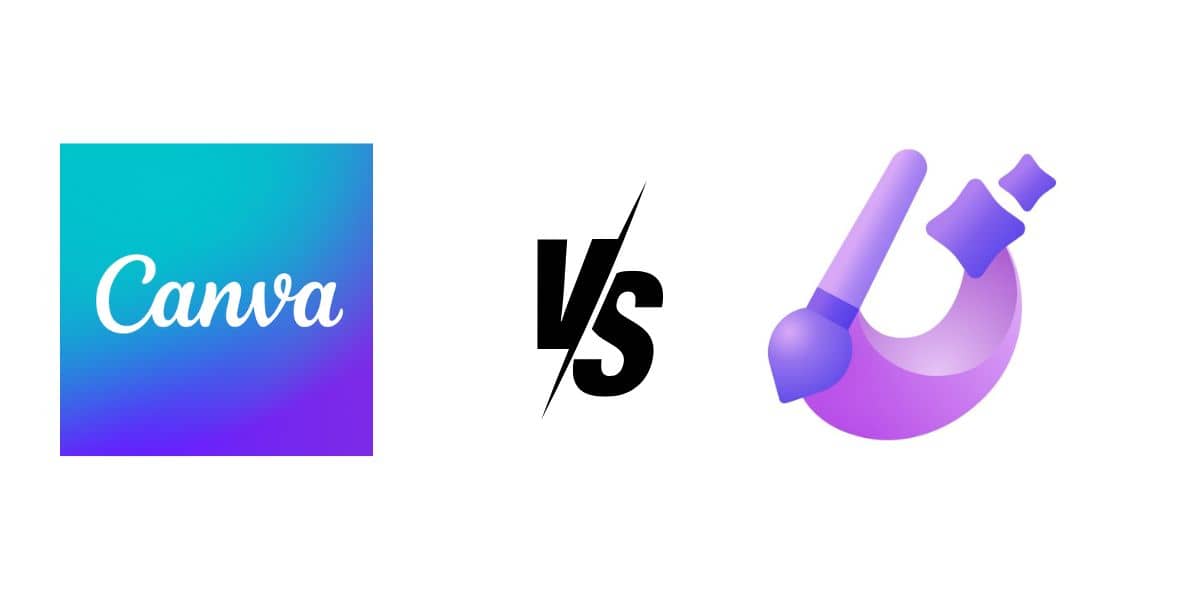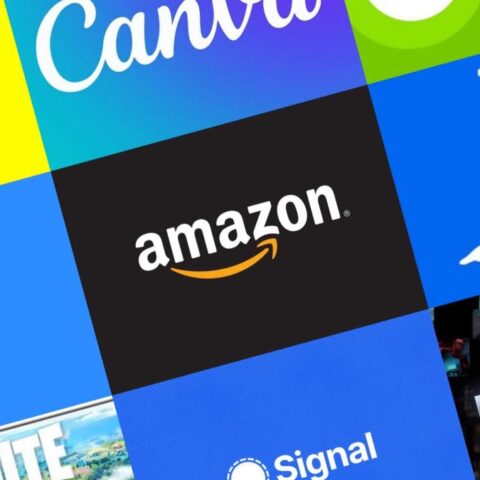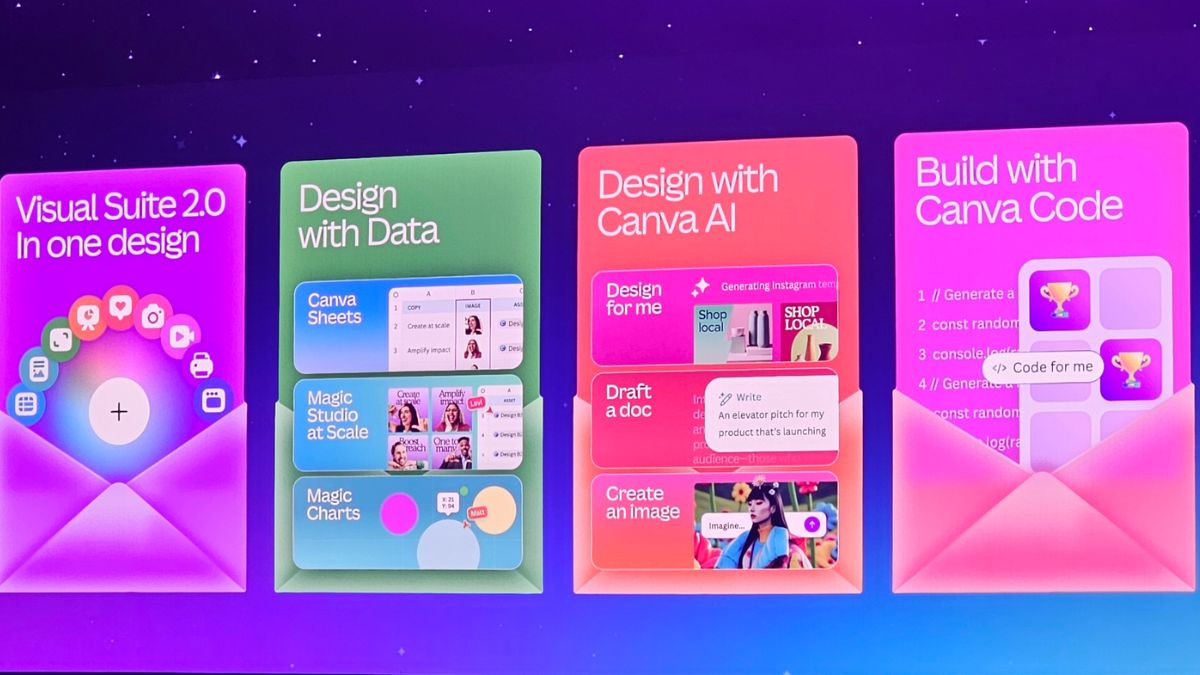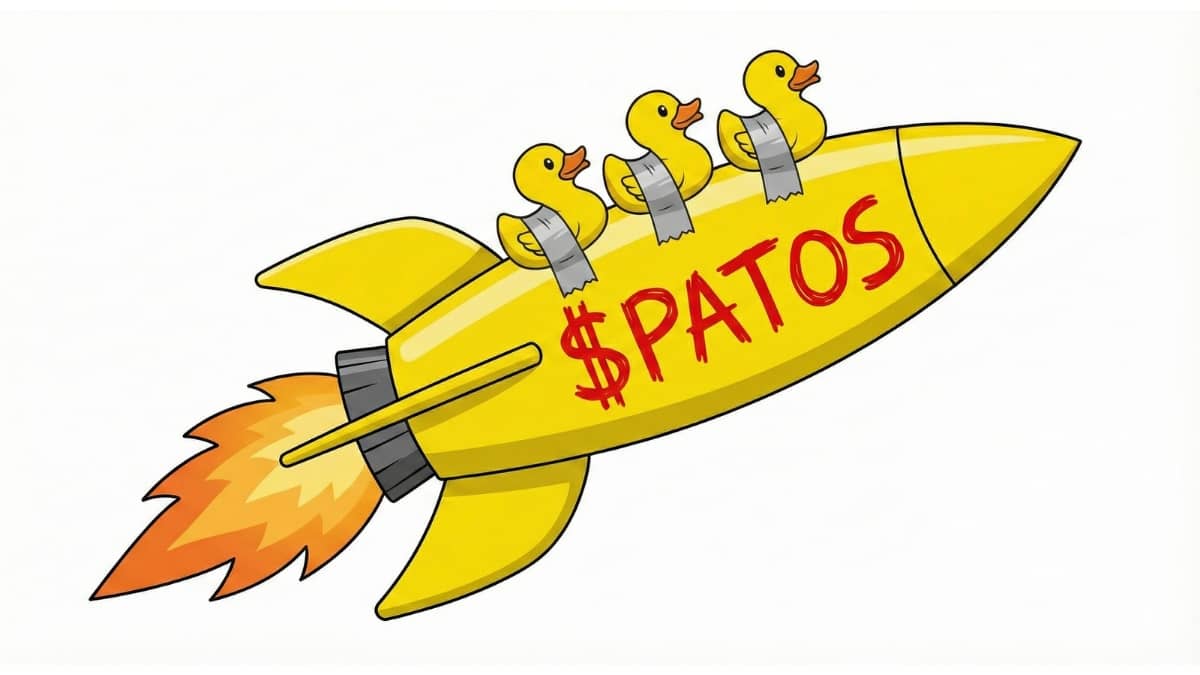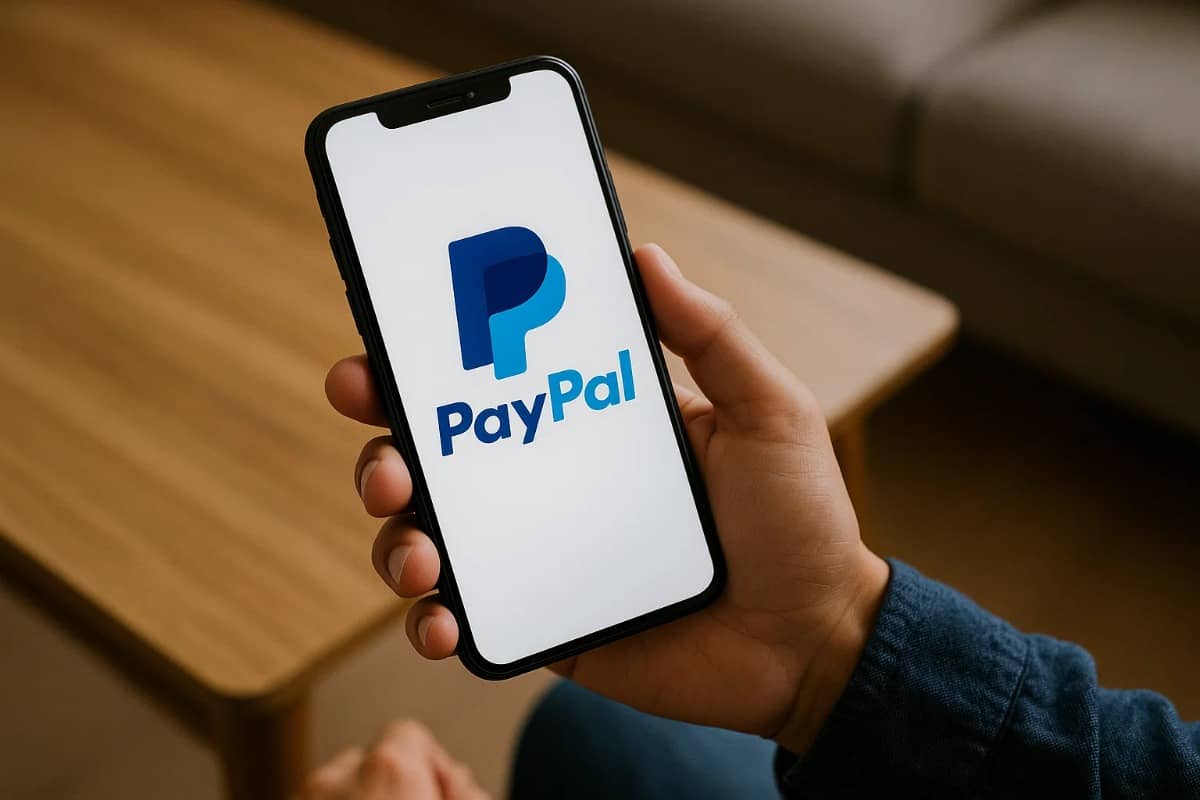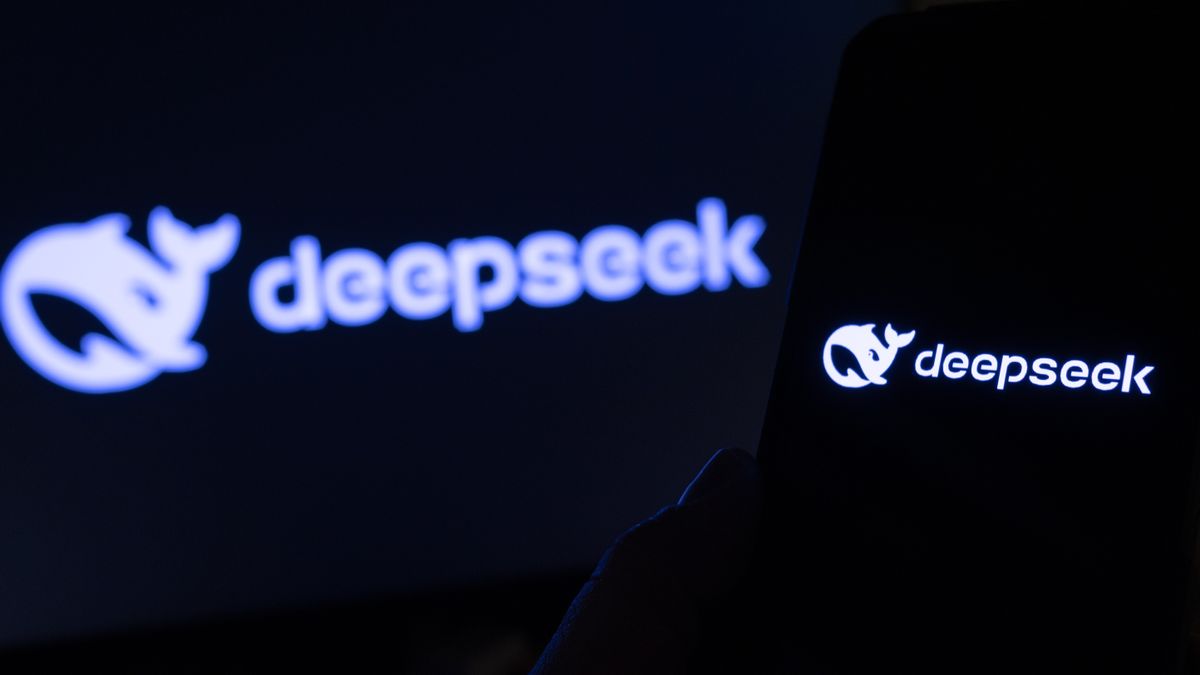When it comes to graphic design tools, two prominent options that stand out are Canva and Microsoft Designer. Both platforms offer unique features and capabilities, catering to a wide range of users, from beginners to seasoned designers.
Let’s dive into the key differences between these two design tools to help you make an informed decision.
Ease of Use
Canva is widely praised for its user-friendly interface and intuitive drag-and-drop functionality. Its extensive library of templates, graphics, and fonts makes it an excellent choice for those new to design, allowing them to create professional-looking content with ease.
In contrast, Microsoft Designer is designed to integrate seamlessly with the Microsoft 365 ecosystem, which may appeal to those already familiar with Microsoft products. However, its emphasis on AI-powered design features, such as generating designs based on text prompts, can present a steeper learning curve for some users.
Features and Capabilities
Canva offers a comprehensive suite of design tools, including photo editing, video creation, and data visualization. Its extensive library of templates and assets covers a wide range of design needs, from social media graphics to presentations.
Microsoft Designer, on the other hand, focuses more on AI-driven design capabilities. It allows users to generate unique designs based on textual prompts, offering a more innovative approach to design. However, its feature set is currently more limited compared to Canva.
Collaboration and Sharing
Canva excels in collaborative features, enabling users to work together on projects, share designs, and leave comments. This makes it an excellent choice for teams and organizations that require seamless collaboration.
Microsoft Designer, at the moment, does not offer the same level of collaboration features as Canva. Its integration with the Microsoft 365 suite may provide some sharing capabilities, but it lacks the robust collaborative tools found in Canva.
Pricing and Accessibility
Canva offers a free plan with a wide range of features, as well as paid Pro and Enterprise options. This makes it accessible to users of all budgets, from individuals to large organizations.
Microsoft Designer, being part of the Microsoft 365 suite, is only available through a paid subscription. This may be a consideration for those who do not already have a Microsoft 365 plan.
Which is better?
| Feature | Canva | Microsoft Designer |
|---|---|---|
| Ease of Use | Highly user-friendly with an intuitive drag-and-drop interface | Steeper learning curve due to emphasis on AI-powered design features |
| Design Features | Extensive library of templates, graphics, and fonts; wide range of design tools (photo editing, video creation, data visualization) | Focus on AI-driven design capabilities, such as generating designs based on text prompts |
| Collaboration | Robust collaboration features, allowing teams to work together on projects | Limited collaboration features compared to Canva |
| Pricing | Free plan available, with paid Pro and Enterprise options | Only available through a paid Microsoft 365 subscription |
| Integration | Standalone platform with no direct integration with Microsoft products | Seamless integration with Microsoft 365 ecosystem |
In the Canva vs. Microsoft Designer debate, the choice ultimately depends on your specific needs and preferences. Canva’s user-friendly interface, extensive features, and collaborative capabilities make it an excellent choice for beginners, teams, and those with diverse design requirements.
On the other hand, Microsoft Designer’s AI-driven design features and integration with the Microsoft 365 ecosystem may appeal to individual creators and those already invested in the Microsoft ecosystem.
Carefully consider your design needs, budget, and existing software subscriptions to determine which platform best suits your requirements. Both Canva and Microsoft Designer offer unique strengths, and the right choice will depend on your specific design goals and workflow.

